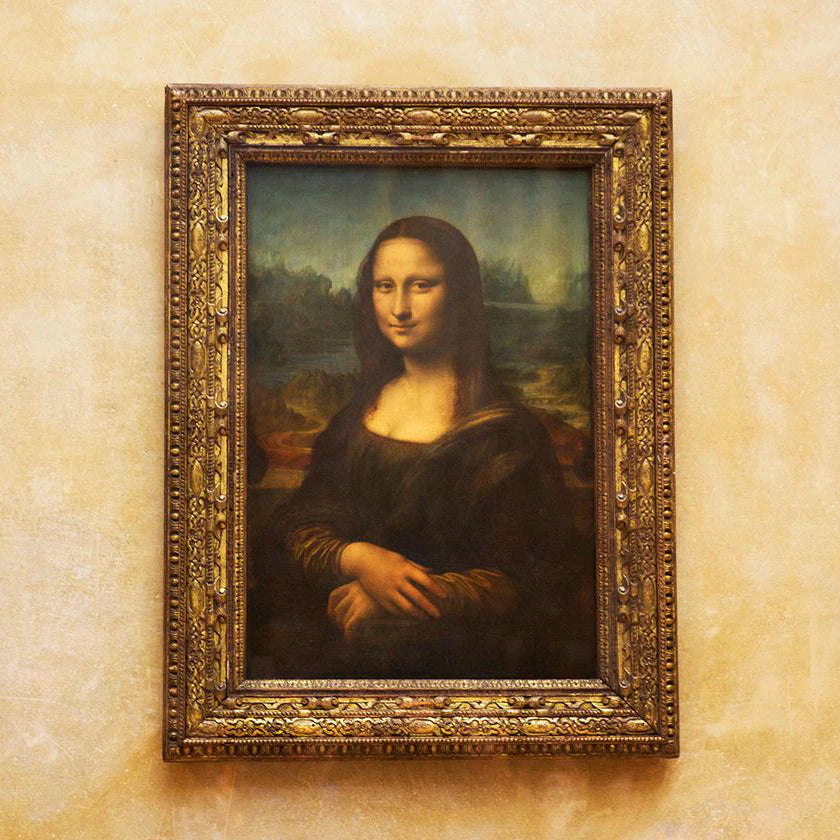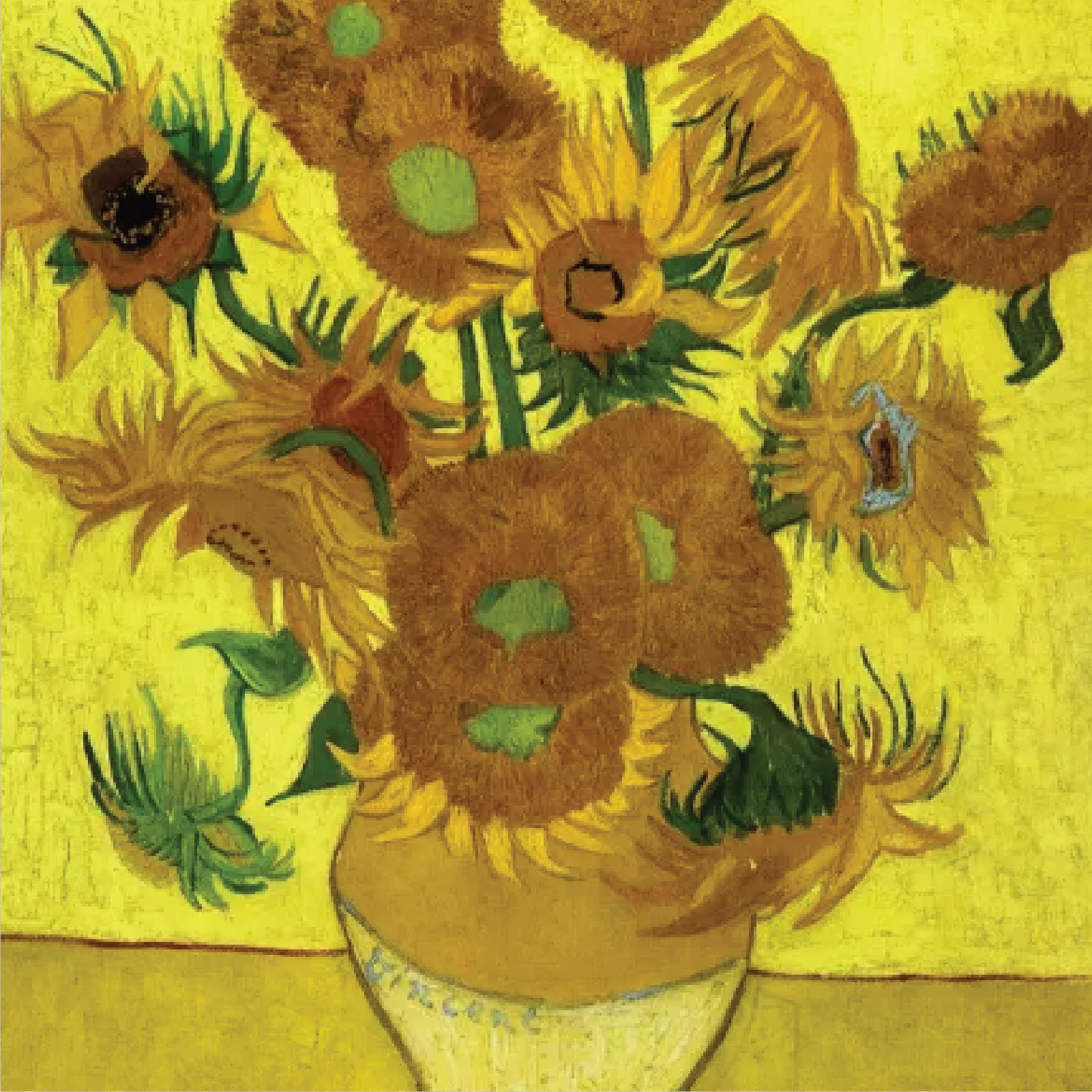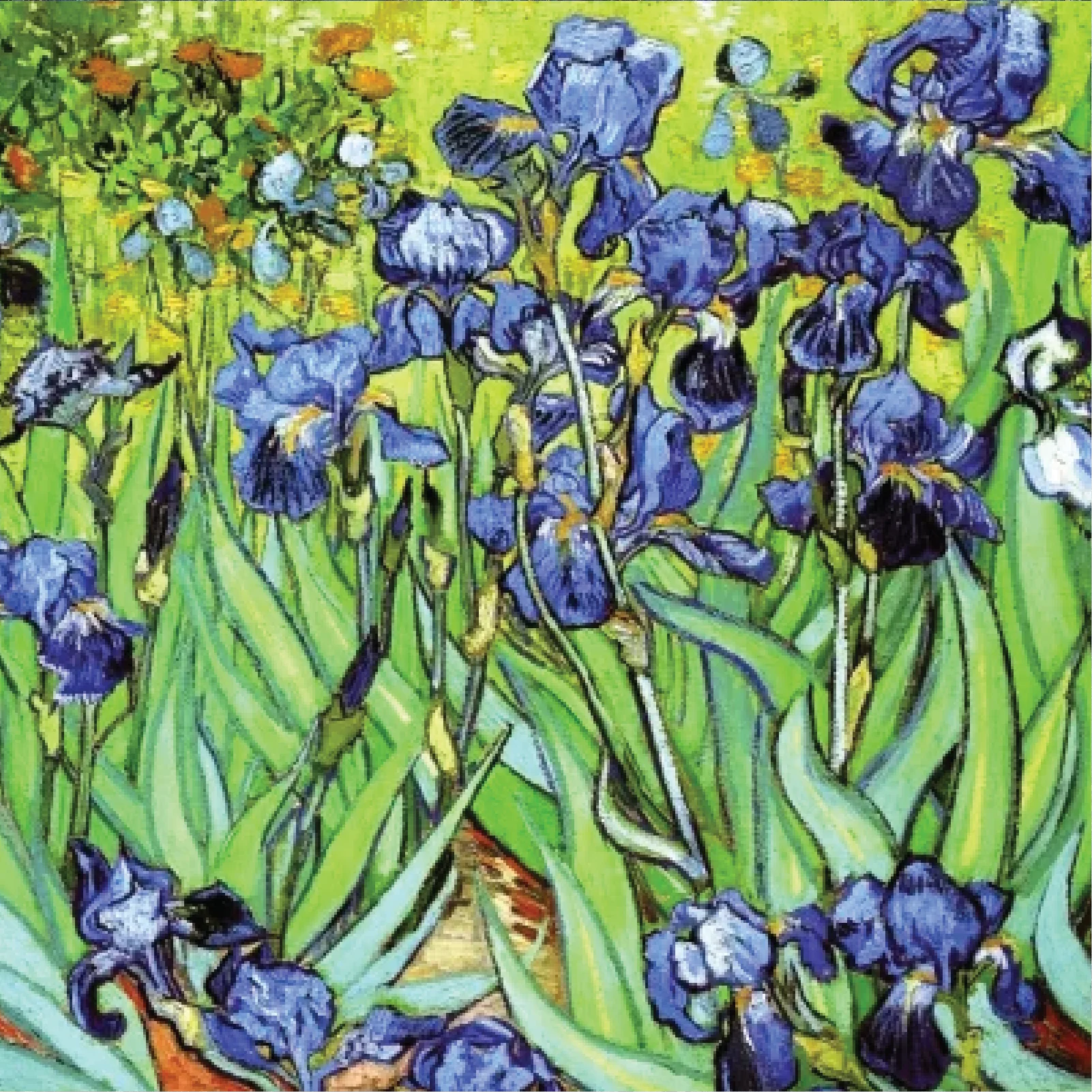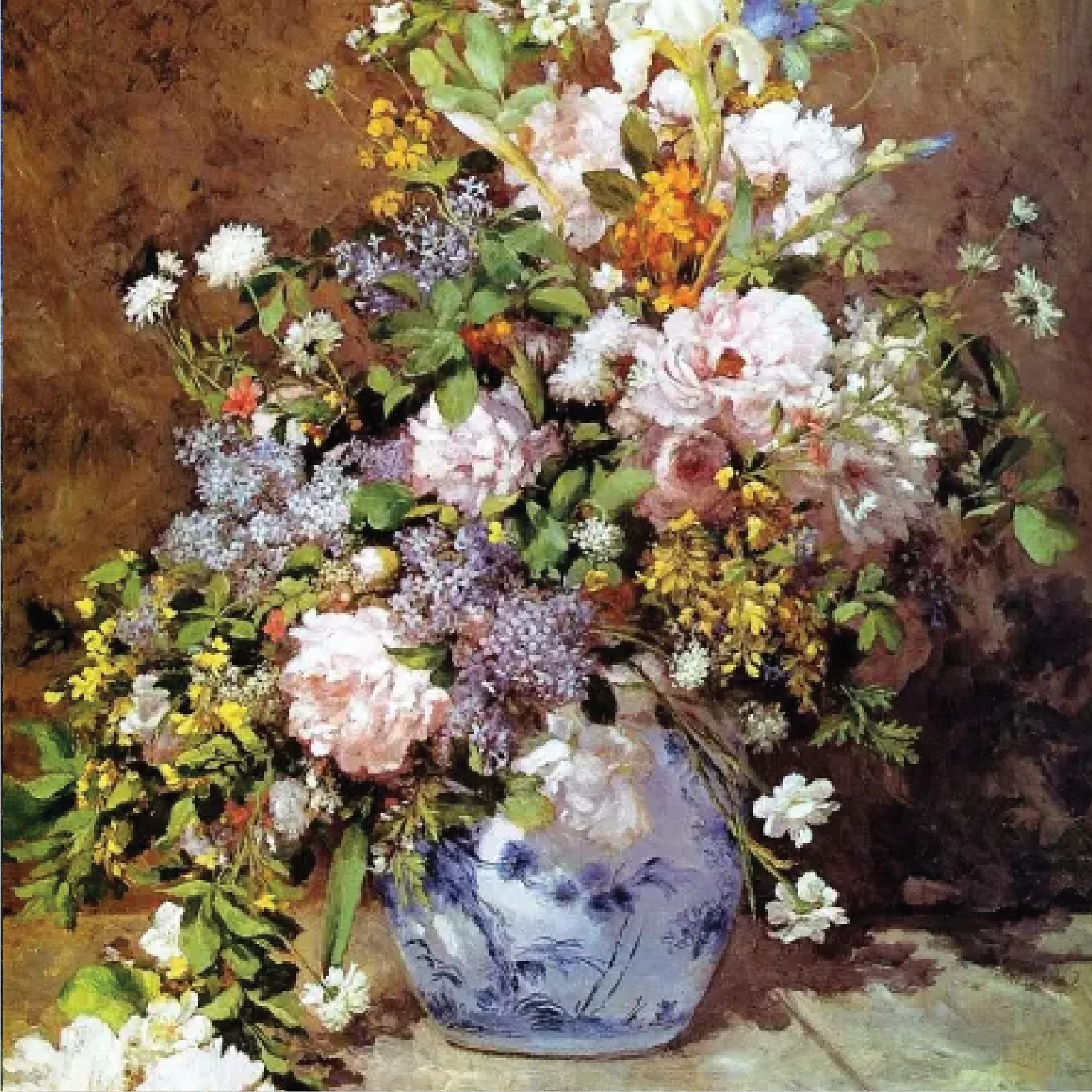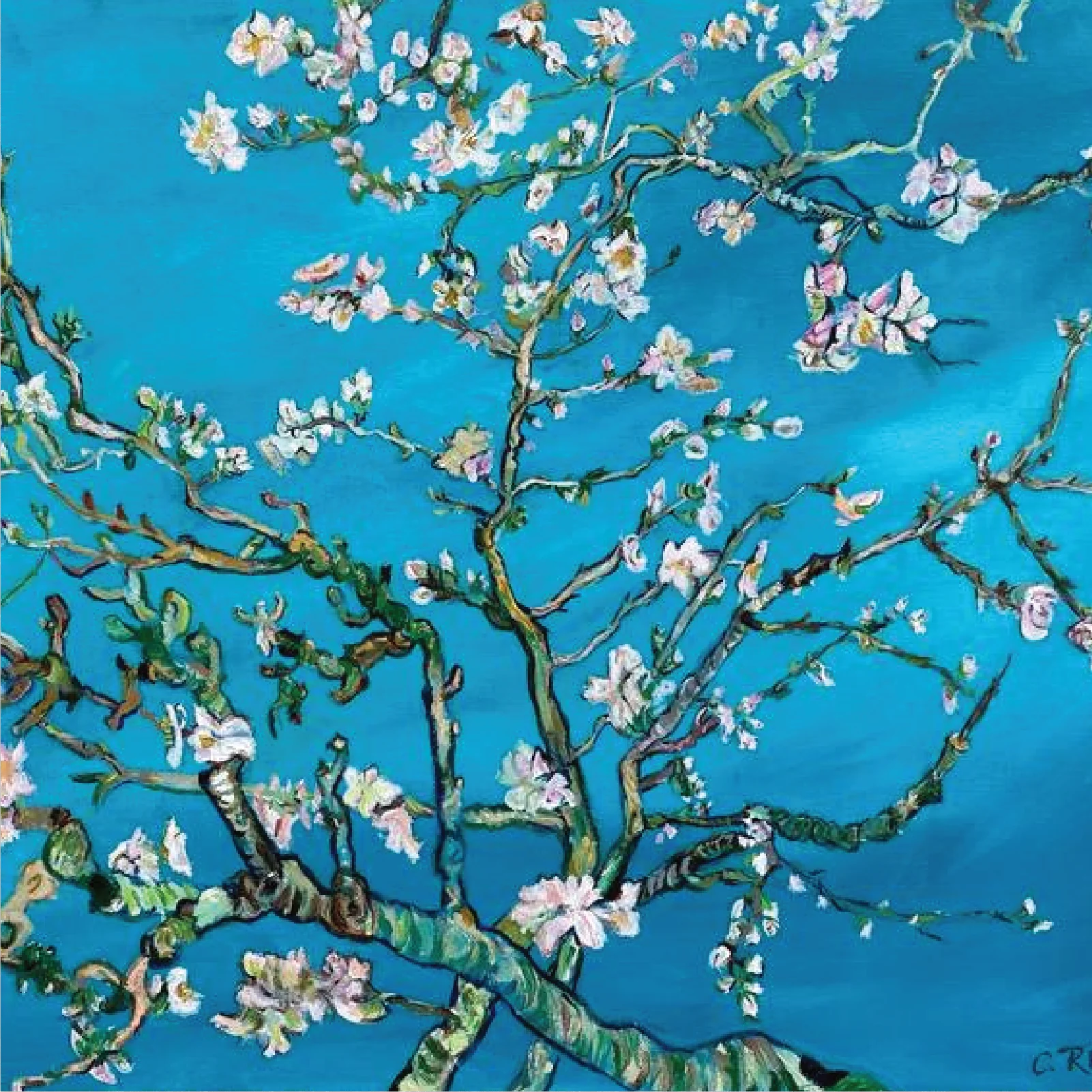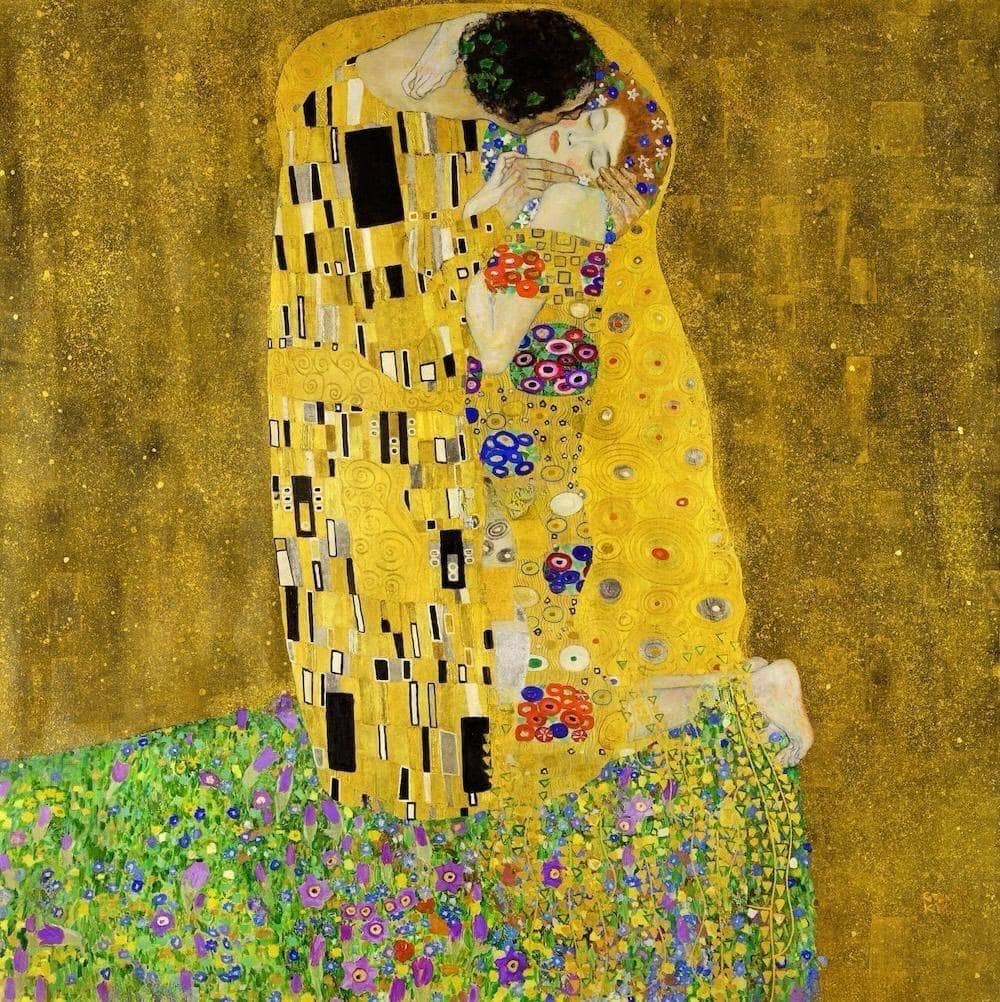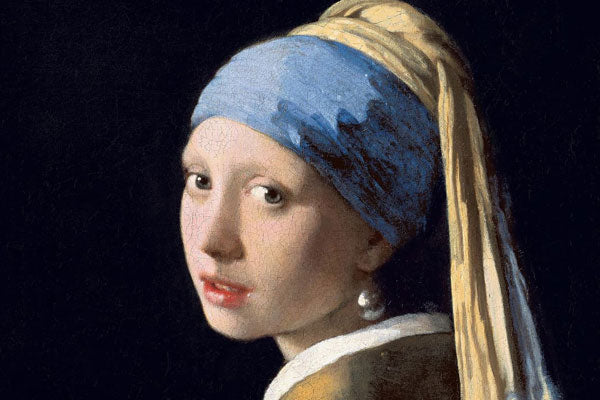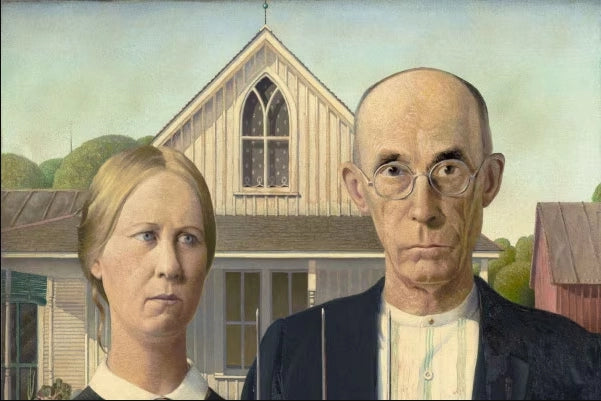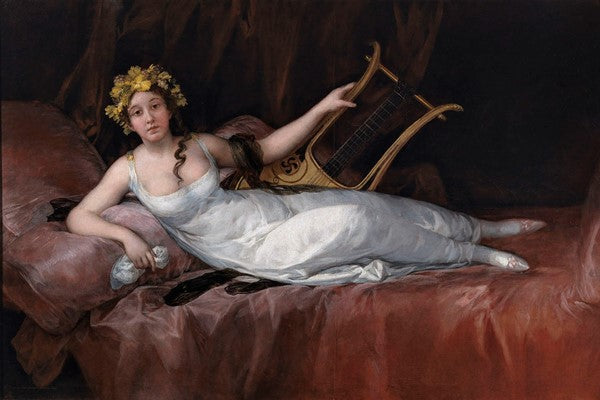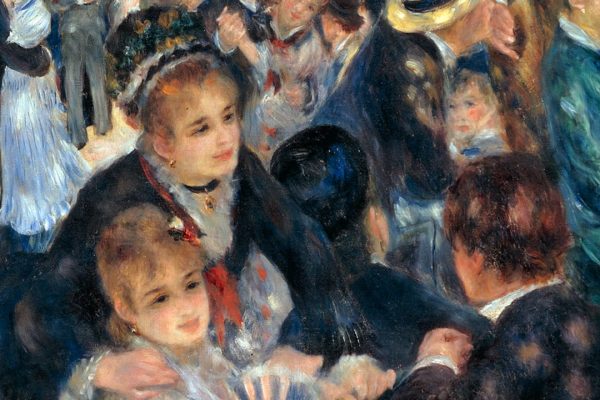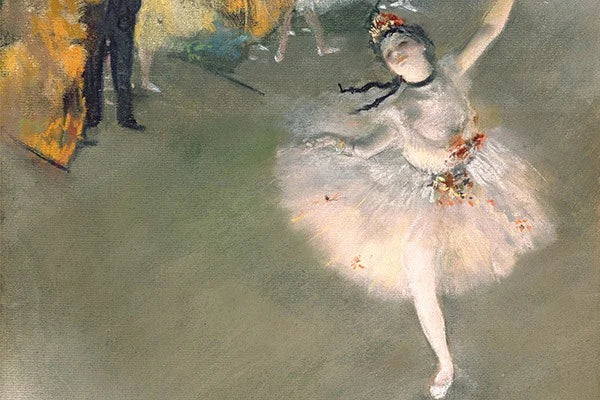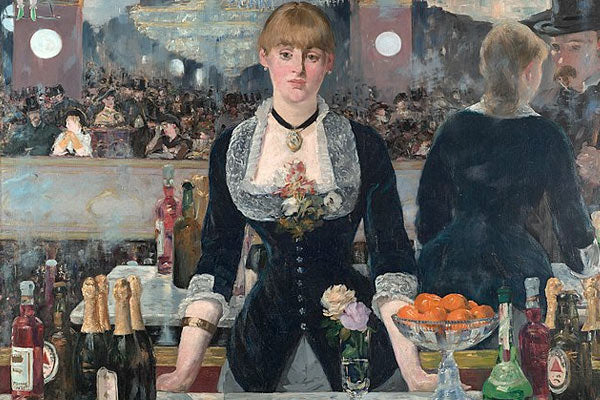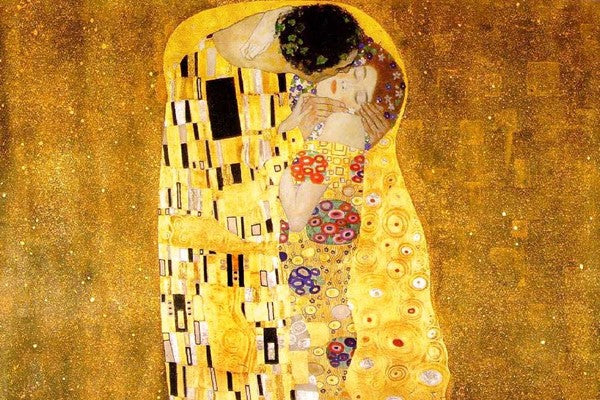Post-impressionist painter Vincent van Gogh left us a legacy of brushstrokes that tell stories of travels, and encounters with nature and show a deep connection with the landscapes surrounding him. The painter lived in more than 15 cities in Europe during his short life in search of artistic inspiration, but also to calm his mind. In a letter he sent to his brother Theo, Van Gogh wrote: "I always seem to myself to be a traveler going somewhere and to a destination."
Van Gogh's enormous body of work is like a timeline that reveals where he traveled, the places he lived, and his state of mind at the time. These places not only inspired him but also shaped his style and influenced his productivity. We invite you to discover the landscapes that inspired Van Gogh's landscape paintings.
Paris, France
Van Gogh spent two years in Paris, from 1886 to 1888, and it was there that he was introduced to Impressionism by artists such as Henri de Toulouse-Lautrec, Paul Gauguin, and Auguste Renoir. The work of these artists had a great influence on Van Gogh, who began to develop his characteristic style of loose, expressive brushwork for which he later became famous.
In addition to portraying the parks and street scenes of Paris, Van Gogh completed two of his most famous self-portraits during his stay in the French capital: "Self-Portrait with a Black Felt Hat" (1887) and "Self-Portrait with a Gray Felt Hat" (1887).

Arles, France
The town of Arles, in the south of France, witnessed one of Van Gogh's most prolific periods. Inspired by the bright light and vibrant sunflower fields that adorned the region, Van Gogh painted his famous sunflowers. These works not only capture the ephemeral essence of the yellow flowers but also reveal his constant search for beauty in the ordinary.
Van Gogh lived for a time with the painter Paul Gauguin in Arles. The turmoil of city life and artistic experimentation with Gauguin resulted in works such as "Gauguin's Chair" (1888) and "The Night Café" (1888).

Saint-Rémy, France
During his stay at the Saint-Paul-de-Mausole psychiatric hospital in Saint-Rémy-de-Provence, Van Gogh painted his masterpiece "The Starry Night" (1889). The striking depiction of the night sky goes beyond astronomical observation but reflects the deep spiritual and emotional connection Van Gogh felt towards nature.
Another distinctive element of Van Gogh's landscapes in Saint-Rémy is the olive trees. Through vibrant brushstrokes and expressive forms, Van Gogh conveyed the vitality and energy he perceived in these trees. Although his mental health fluctuated, on good days the artist often painted in the institution's walled garden and surrounding landscapes.

Nuenen, The Netherlands
In 1883, Van Gogh moved into his family home in the Dutch village of Nuenen. Despite having a complicated relationship with his parents, the painter loved the quiet nature around him and thrived in the studio he set up in the laundry room of the property. He worked constantly during this time and produced studies of typical Brabant locals, country landscapes, and the neighborhood church where his father was the pastor.
Although he worked hard, Van Gogh failed to sell his works. Financially dependent on his brother Theo, the artist felt free to experiment further with color and thick brushstrokes. One of the last pieces he did in Neuen was "Autumn Landscape" (1885), which showed his growing confidence in composition, color, and light.

Auvers-sur-Oise, France
A creative intensity marked van Gogh's last days in Auvers-sur-Oise. The tranquil landscapes of the town and surrounding countryside are reflected in works such as "The Church of Auvers-sur-Oise" (1890) and "Wheatfield with Crows" (1890). The French town is noted for its serene and enchanting landscapes. Van Gogh was drawn to the tranquility and beauty of nature in this region, reflecting his desire to capture the essence of rural life.
Van Gogh's later works painted in Auvers-sur-Oise reveal a mixture of emotions. While some landscapes reflect peace and harmony, others, such as "Wheatfield with Crows", the artist's last painting, have been interpreted as expressions of his emotional state, marked by inner struggle and anguish.

Provence, France
The Provence region, known for its breathtaking landscapes and unique light, served as the backdrop for some of Van Gogh's most vibrant paintings. Van Gogh was also inspired by everyday life in Provence, painting urban scenes and portraits of the local inhabitants. "The Yellow House" (1888), "Almond Blossoms" (1890), and "Self-Portrait with Bandaged Ear" (1889) are examples of works inspired by Provence.
The combination of the dazzling light, lush nature, and picturesque architecture of Provence transformed Van Gogh's work. His paintings capture the unique essence of the region and, at the same time, reflect his emotional interpretation of the environment. Provence became a catalyst for the evolution of his artistic style and the expression of his inner states of mind.

Japan
Van Gogh's fascination with Japanese culture is reflected in several of his works, such as "Daubigny's Garden" (1890) and "Sunflower Field" (1888). Although he never traveled to Japan, the Post-Impressionist painter adopted elements of Japanese aesthetics, such as the use of curved lines, elevated perspectives, and a focus on the details of the natural and everyday environment. He also often used unusual perspectives in the composition of his works.
The palette of vibrant and contrasting colors used by Van Gogh in some of his works reflects the Japanese influence. The painter incorporated this technique to convey a sense of vitality and emotion in his works. On the other hand, Van Gogh incorporated spontaneity, adopting bold brushstrokes and expressive lines to capture the emotion and energy of the moment.

This journey through the places that inspired Van Gogh's landscape paintings is an invitation to explore the mastery of an artist who found poetry in every corner of the world. Van Gogh was a visionary for his ability to translate the complexity of nature and his soul into vibrant brushstrokes. Each canvas is a timeless testament to his fascinating artistic and emotional journey.
Visit the Art & See website and get your handmade oil painting reproductions
